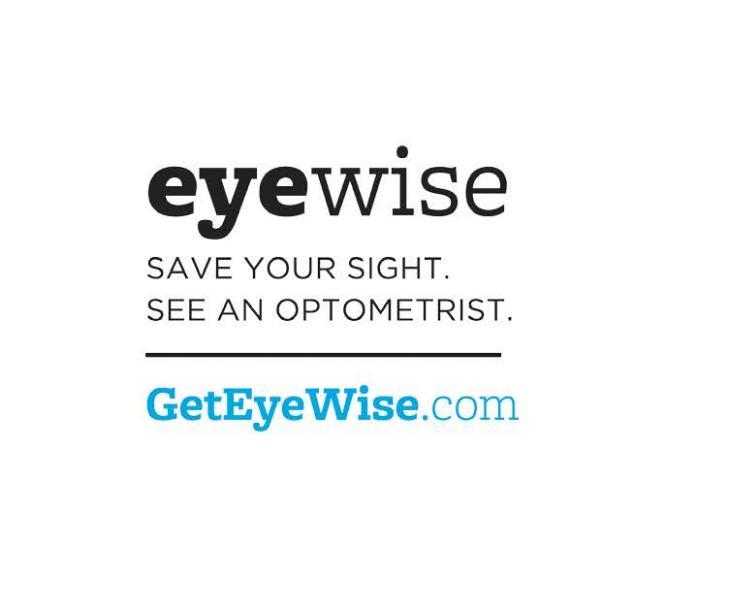
May is Vision Health Month, and the Canadian Association of Optometrists (CAO) has begun its annual awareness campaign with a call for Canadians to “GetEyeWise” to help encourage optimal eye health and vision care. The digital campaign will run on Facebook and Twitter throughout May.
As primary eye care experts, Canada’s more than 6,000 registered optometrists are usually the first eye health professionals individuals meet and visit most regularly. As they do with their physician, Canadians should have a lifelong relationship with their optometrist, beginning in infancy, because 80% of what children learn is based on what they see. An optometrist can tell how well babies see, crucial when babies can’t. In children, optometrists can detect vision issues parents can’t see but may be contributing to learning issues.
In adults, optometrists can help to identify underlying health conditions that are often first detected through an eye exam, including the early warning signs of conditions such as hypertension, high cholesterol, vascular disease, thyroid disease, brain tumors and diabetes. In seniors, optometrists can use the opportunity to detect whether cataracts, age-related macular degeneration (AMD), glaucoma, or diabetic retinopathy – the top four causes of vision loss in seniors – are present.
5.5 million Canadians have vision-threatening eye conditions, and that is expected to increase by nearly 30% over the next decade. CAO President Dr. Barry Thienes notes that “Many eye diseases have no symptoms and 20/20 vision doesn’t mean that everything is okay. That is why a comprehensive eye exam is so critical; it provides an opportunity to detect what is happening in the eye itself, and through the eye, to the rest of the body.”
Vision loss can be treated or prevented in 75 percent of cases. Save your sight and see an optometrist.
